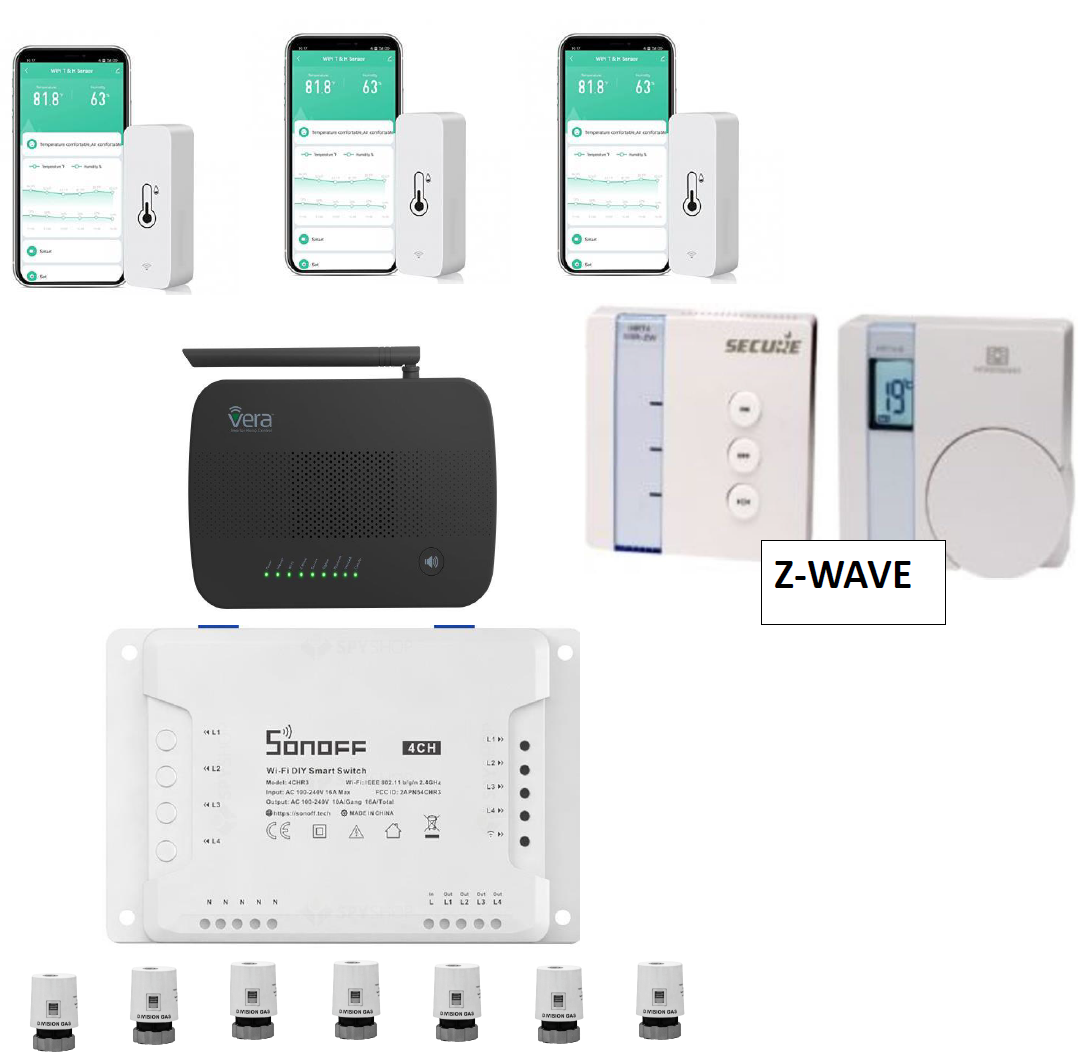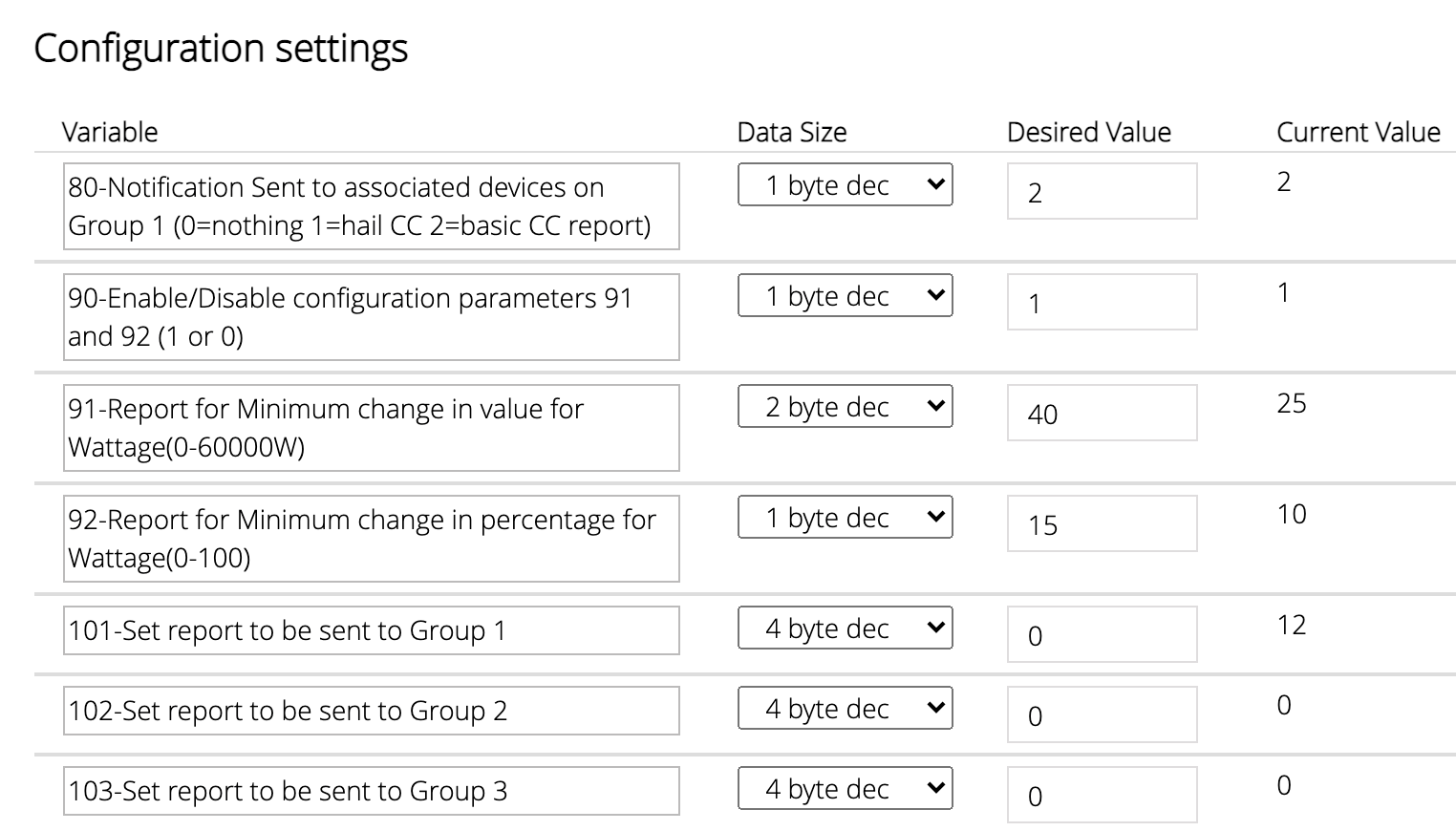The Vera's Connection Guide
-
This is probably trivial for advanced users but maybe not for most vera users.
It is an attempt to describe the different ways the vera fail to come online properly. The vera is a basic linux based (running the openWRT distribution) embedded computer with a chipset initially designed to be a mid-market 1200 class router: The Mediatek MT7620A (vera edge), MT7621S (vera plus), MT7621A (vera secure) which are all based on MIPS architecture. As such it is made for communication and high IO capacity but relatively slow at other tasks. It can handle wifi and be a 5 port gigabit switch and 1200mbps wifi.
This is meant to help people who have connection issues to their veras.- The most basic layer is getting an IP address on your network, either through static assignment or through DHCP.
For dhcp, it uses odhcpc to obtain and renew leases from the host network dhcp server (most likely the router). Once the vera gets an IP address, you should be able to ping it from any computer on your network. You do need to find out which IP address it took though and this can probably be found in the router info. This is not specific to the vera and is true for pretty much any network device. - SSH tunnel: It is run by a dropbear, a fairly common linux SSH tunnel manager. (Not as common as openSSH). Using the following credentials: username: root, password: wifi password written on the bottom of the unit.
- Webserver: Typing the ip address of the vera should lead to a vera logo at the top left and a beach ball. This is provided by a program called lighttpd and is the webserver reading its data off of the "www" and has its configuration files stored in /etc/lighttpd/lighttpd.conf
- Luup Engine: Now if the beach ball rotates forever and never shows a menu on the left side and eventually gets to a page where it asks you to contact support, it is because the luup engine which comes on top of the webserver has failed to start: LuaUPnP. You can manually try to start the engine and see what error code it pops using an SSH session and just typing "LuaUPnP" and enter. The output should tell you what is wrong.
Side notes about what the vera does, it uses crontabs to regularly run specific programs and by default runs a logrotate script every hour along with an Ergy script (no idea why it is still there). These settings can be found under "/etc/crontabs/root".
Also the vera does not have a cmos battery with an internal quartz like most PC computers, which means that it cannot keep time. As a result the mios devs have created a complex scheme at each boot to "fix time" as you can find in the bootup program scripts under "/etc/init.d", some of the scripts conflict with one another. It starts by scanning for the latest dated file and then calls the openWRT ntp server to update its time. It launches also way too many ntp services which should be disabled... - The most basic layer is getting an IP address on your network, either through static assignment or through DHCP.



